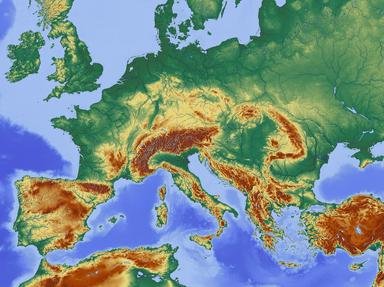Quiz Answer Key and Fun Facts
1. You arrive in Antwerp, Belgium - a city that proudly presents many Baroque paintings. Which of the following painters did *NOT* live and work in Antwerp during the seventeenth century?
2. Your next stop is Sheffield, UK. Here, you take away souvenirs produced by a famous local industry. For which of these industries is Sheffield renowned?
3. Next, we visit the famous Black Forest. What products are shipped from the Black Forest to collectors worldwide?
4. Hungry you arrive in Cologne, Germany. At a local Brauhaus you order the regional treat "Halver Hahn". What will you find on your plate? (Tricky)!
5. You spend the next day browsing in the antique book shops of Budapest. You come across a nice volume written by Ady Endre. Which one of these cardinal directions is the name of a Hungarian literary movement Ady belonged to?
6. You are in a place with Barbary Macaques, a region close to Africa. It's the only place in Europe where you can find wild monkeys. Where are you?
7. You are at the Tower of London and see some large black birds which are carefully looked after by the Beefeaters, or Wardens, since there is a legend that if these birds leave the Tower the kingdom will fall. What type of birds are they?
8. Poland's approximate 38 million inhabitants live in an area of 312,679 sq. km (120,726 sq mi.), divided into 16 provinces (called "voivodships"). In the early 2000s, which province, famous for its coal mines, had the highest population density (most people per square kilometer or mile)?
9. In southern France, near Perpignan, we climbed 2,784 metres to the top of a mountain called Canigou. On the summit we found a flag with red and yellow stripes. What nationalist movement does it represent?
10. "Tivoli" is a popular name for gardens, amusement parks, restaurants etc. in many countries. Where can you find the original Tivoli?
Source: Author
JanIQ
This quiz was reviewed by FunTrivia editor
Pagiedamon before going online.
Any errors found in FunTrivia content are routinely corrected through our feedback system.

